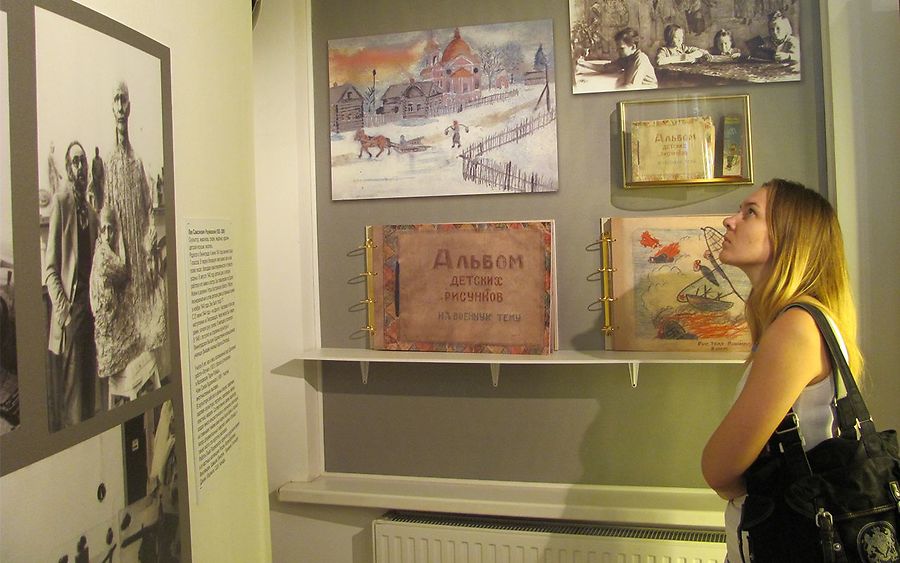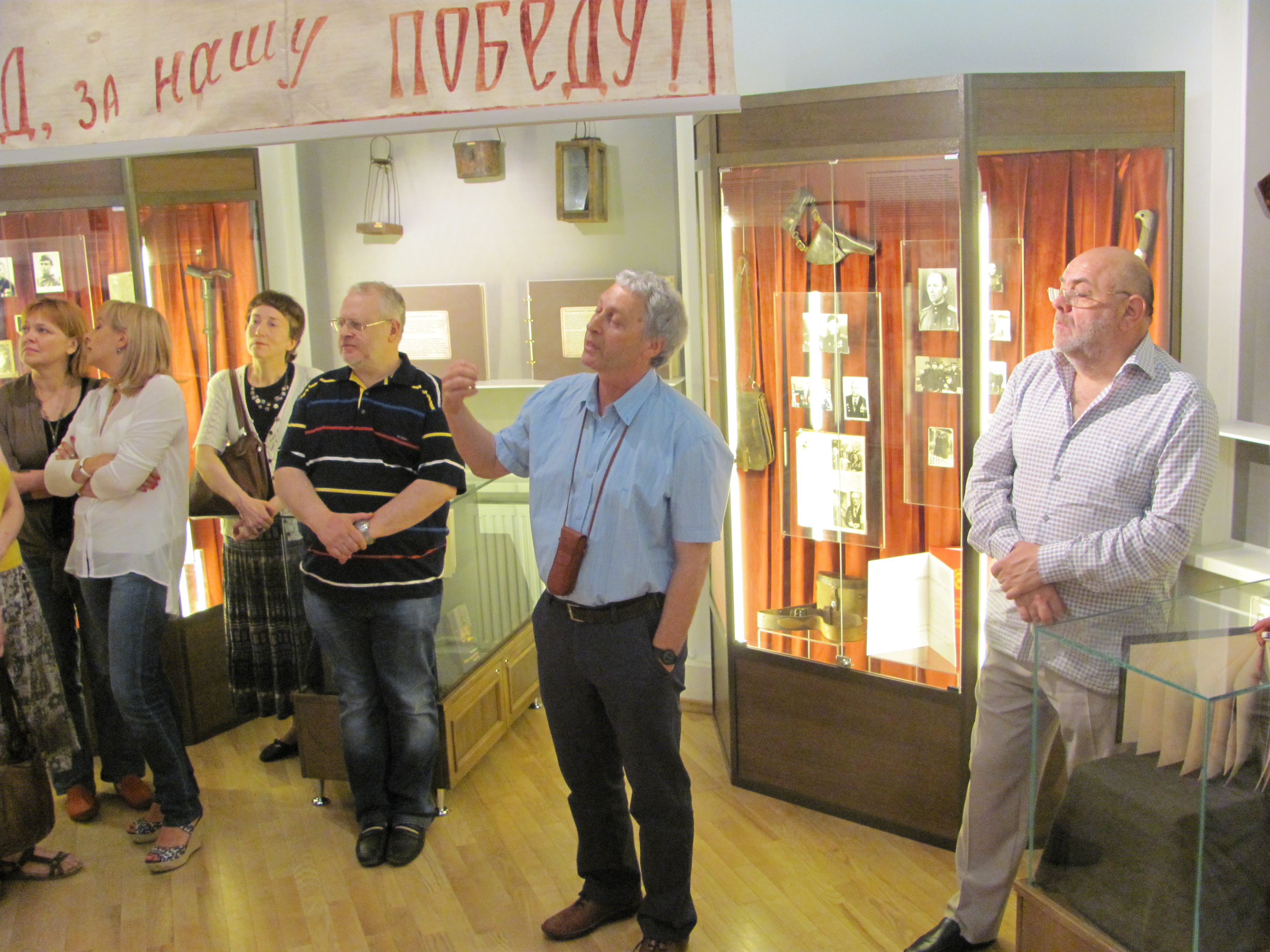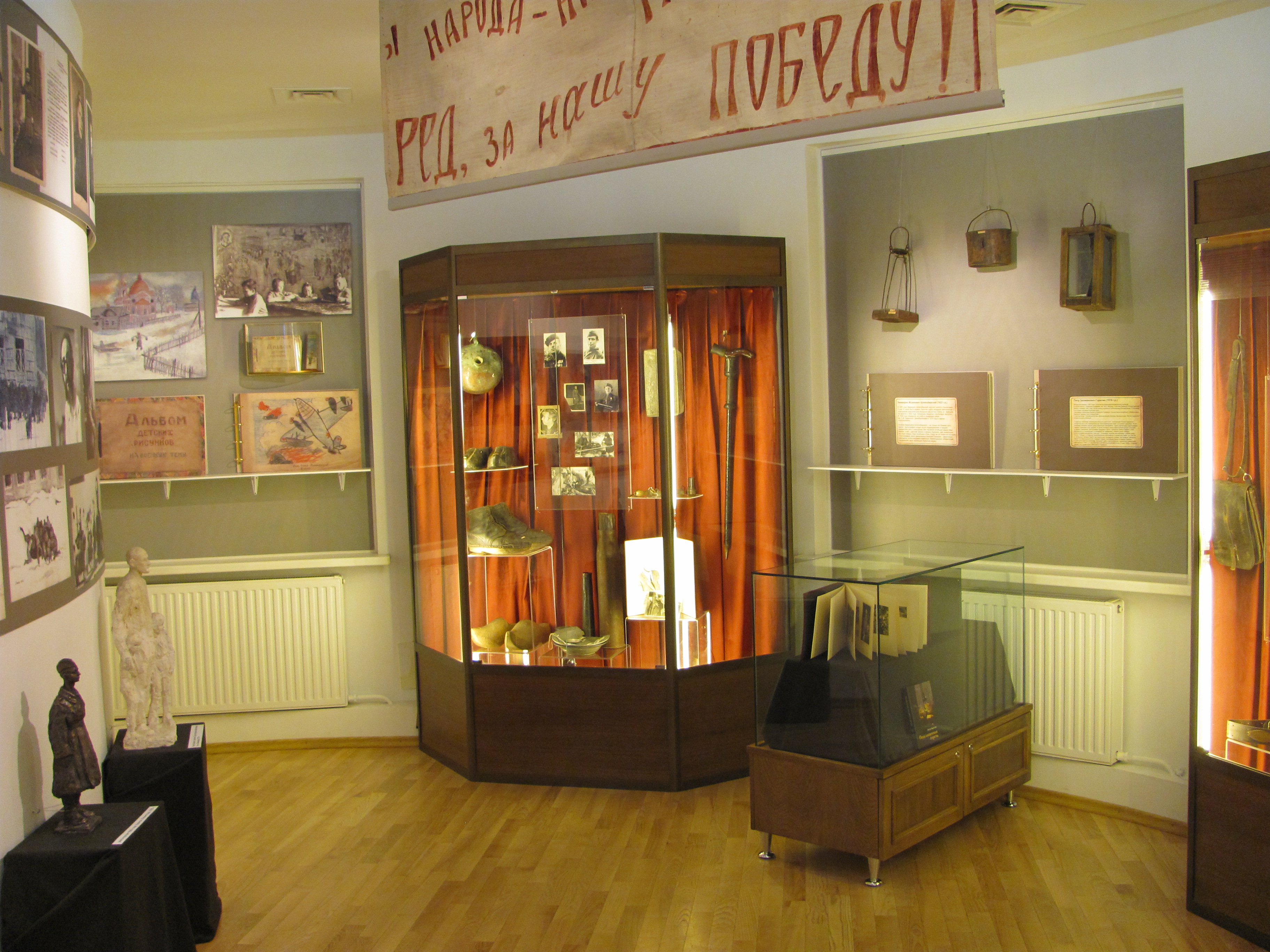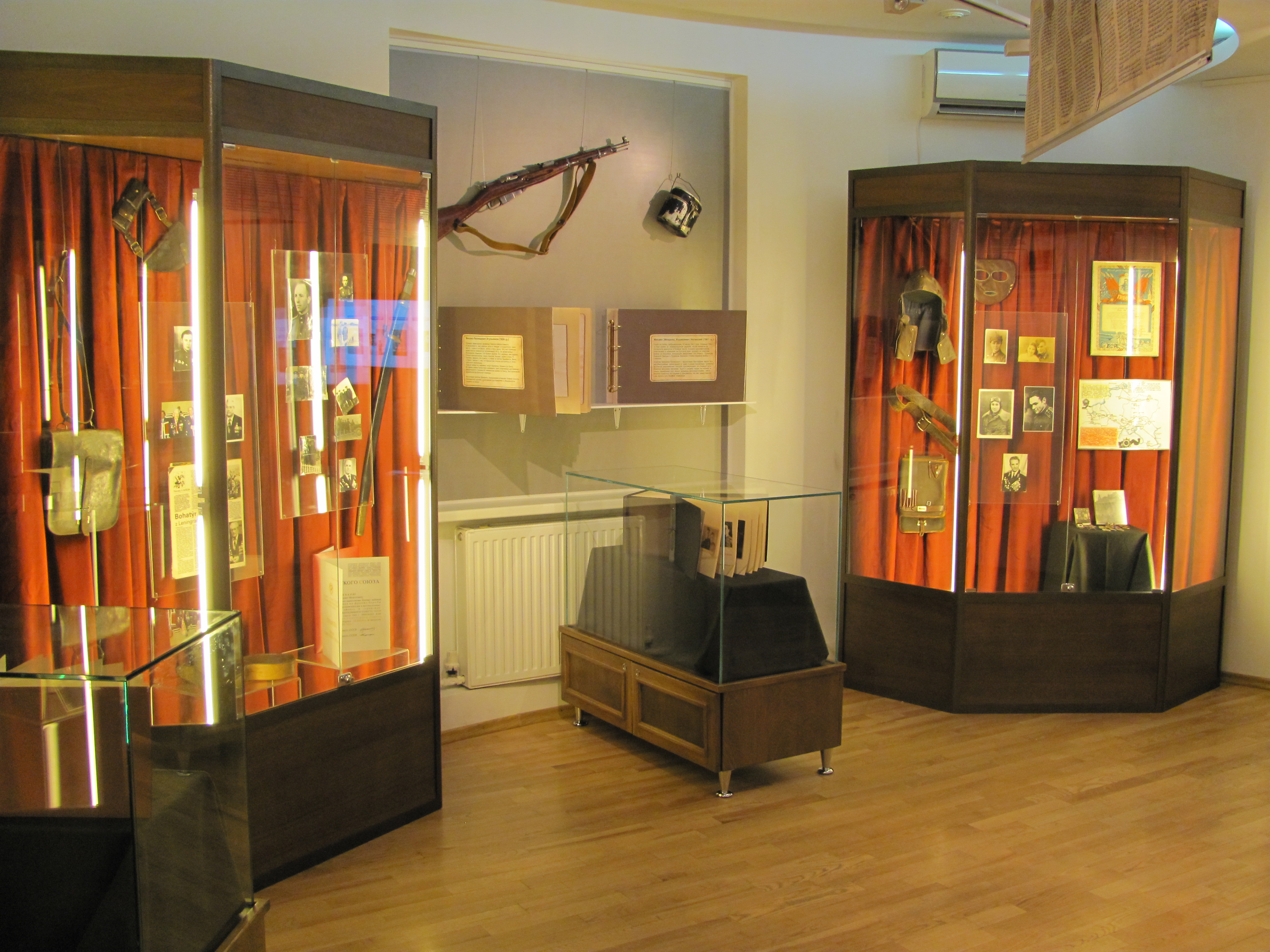


Pages from a Frontline Album
The term ‘frontline album’ is a metaphor. All the frontline albums were created not at the front, but rather much later, after the war.
In contrast to traditional collections of family photographs, which only a close circle of relatives would usually understand and find interesting, these frontline albums are public in intention and scope. As a result, they allow visitors to perceive the individual in the context of history. Regardless of the original authorial intentions, this is what the albums have become. Their owners filled the pages of these albums not only with photographs, but also with various documents: commendation lists, certificates of merit, letters, anniversary greetings, and press clippings. Each album presents a distinct identity, a unique face.
The frontline albums on view in the exhibition were created by Jews who fought on the front lines during the Great Patriotic War (World War II). However, the Jewish ‘nationality’ (ethnicity) of the authors finds barely any reflection at all in their pages. The albums are united by the fact that their heroes are combat veterans who formed part of a unified – and victorious – Soviet people during a certain era. Each album represents not only a portrait of its author, but also a monument to comrades on the front line, to brothers-in-arms both living and deceased.
The first group of five albums comprises the personal creations of frontline soldiers – Mikhail Noginsky, Emanuil Shlyapobersky, Pyotr Gorelik, and Mikhail Agulnikov – as well as one featuring children's drawings. These works stand as documentary witnesses to the Great Patriotic War in their own right.
Five other frontline albums are thematic in nature. The items within them are no less authentic or genuine, but in contrast to the personal albums they have been compiled by the exhibition’s curators. The photographs and documents in these albums have been supplemented by objects bearing a direct connection to the depicted heroes. Such items include: the pilot gear of Abrek Barsht, Hero of the Soviet Union; the shoulder belt and holster of Commander Aleksandr Chernenko, Hero of Czechoslovakia; and the sword worn in the Victory Parade by Grigory Gonchar, Hero of the Soviet Union.
This section of the exhibition also displays sculptures and drawings by the outstanding St. Petersburg sculptor Lev Razumovsky, a survivor of the Siege of Leningrad. Razumovsky left a home for children to go fight at the front, where he lost his arm during the war. Overcoming this disability, he studied at an art college and became a sculptor.
The albums also present rare items of daily life from the Polesie partisan units, which counted Jewish fighters among their ranks. These include dishes for everyday use smelted by Jewish craftsmen from aluminium salvaged from downed Nazi planes, as well as shoes, melee weaponry, and lamps made by Jewish master craftsmen from improvised materials.
This is an exhibition of memory. Photographs of soldiers, sent from the front to their relatives, surround the visitor, creating the sensation of presence.
The museum would like to express its special appreciation to the St. Petersburg Society for Jewish War Veterans and Invalids, and in particular to its director, Georgy Lerner, as well as to all the veterans and their families who contributed their personal archives to the museum collection.
All photographs, documents, and objects on display are being exhibited for the first time. The originals form part of the museum’s collection.




